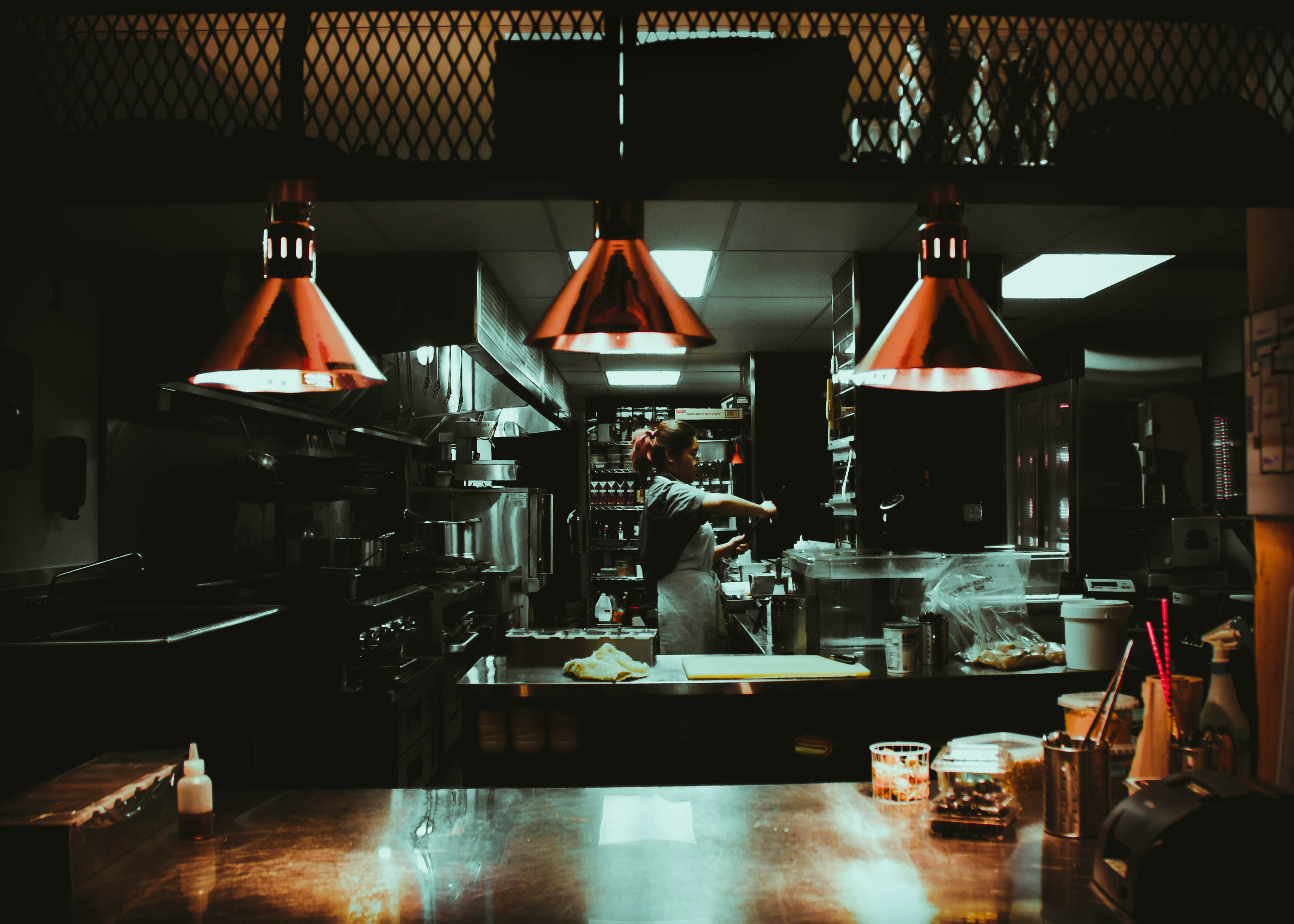
Understand Your Needs:
Before purchasing a catering heat lamp, consider the type of events you typically cater to and the volume of food you need to keep warm. Different types of heat lamps are designed for various purposes, such as buffet tables, carving stations, or pass-through windows. Understanding your specific requirements will help you narrow down your options.
Types of Catering Heat Lamps:
There are two main types of catering heat lamps: freestanding and hanging. Freestanding heat lamps are placed on countertops or buffet tables, while hanging heat lamps are suspended from ceilings or racks. Freestanding heat lamps are more versatile and easy to move around, while hanging heat lamps are ideal for saving space and directing heat precisely.
Heating Elements:
Catering heat lamps commonly use either infrared bulbs or halogen bulbs as heating elements. Infrared bulbs provide radiant heat that effectively warms food without drying it out, making them suitable for delicate dishes. Halogen bulbs produce intense heat and are more energy-efficient, making them better for high-volume food service.
Size and Coverage Area:
Consider the size of the food items you need to keep warm and the number of dishes you're serving. Choose a catering heat lamp with an appropriate length and width to ensure that all your food is adequately covered and heated evenly. Additionally, ensure that the lamp's coverage area matches the size of your buffet table or serving area.
Adjustable Settings:
Look for catering heat lamps with adjustable settings that allow you to control the intensity of the heat. This feature is essential for maintaining the temperature of different types of food and preventing overheating. Some models come with dimmer switches or multiple heat settings for greater flexibility.
Construction and Durability:
Choose a catering heat lamp made from high-quality materials that can withstand frequent use and cleaning. Stainless steel or aluminum constructions are durable, easy to clean, and resistant to corrosion. Additionally, ensure that the lamp's base is stable and secure to prevent accidents or tip-overs.
Energy Efficiency:
Opt for energy-efficient catering heat lamps that consume less power while delivering optimal heat output. LED heat lamps are a more sustainable option compared to traditional bulbs, as they last longer and use less energy. Consider the long-term cost savings and environmental benefits when choosing a heat lamp for your catering needs.
Budget Considerations:
Set a budget for your catering heat lamp purchase and consider the long-term value it provides. While it's essential to invest in a quality heat lamp that meets your requirements, avoid overspending on unnecessary features that you may not use. Compare prices from different manufacturers and suppliers to find a cost-effective option that aligns with your budget.
Text Genie icon
Text Genie
Title: The Ultimate Guide to Choosing the Right Catering Heat Lamp for Your Event
Introduction:
A catering heat lamp is an essential tool for keeping food warm and at a safe serving temperature during events. With so many options available in the market, choosing the right catering heat lamp can feel overwhelming. This guide aims to provide you with a comprehensive overview of the factors to consider when selecting a catering heat lamp to ensure that your event runs smoothly and your food stays delicious.
Understand Your Needs:
Before purchasing a catering heat lamp, consider the type of events you typically cater to and the volume of food you need to keep warm. Different types of heat lamps are designed for various purposes, such as buffet tables, carving stations, or pass-through windows. Understanding your specific requirements will help you narrow down your options.
Types of Catering Heat Lamps:
There are two main types of catering heat lamps: freestanding and hanging. Freestanding heat lamps are placed on countertops or buffet tables, while hanging heat lamps are suspended from ceilings or racks. Freestanding heat lamps are more versatile and easy to move around, while hanging heat lamps are ideal for saving space and directing heat precisely.
Heating Elements:
Catering heat lamps commonly use either infrared bulbs or halogen bulbs as heating elements. Infrared bulbs provide radiant heat that effectively warms food without drying it out, making them suitable for delicate dishes. Halogen bulbs produce intense heat and are more energy-efficient, making them better for high-volume food service.
Size and Coverage Area:
Consider the size of the food items you need to keep warm and the number of dishes you're serving. Choose a catering heat lamp with an appropriate length and width to ensure that all your food is adequately covered and heated evenly. Additionally, ensure that the lamp's coverage area matches the size of your buffet table or serving area.
Adjustable Settings:
Look for catering heat lamps with adjustable settings that allow you to control the intensity of the heat. This feature is essential for maintaining the temperature of different types of food and preventing overheating. Some models come with dimmer switches or multiple heat settings for greater flexibility.
Construction and Durability:
Choose a catering heat lamp made from high-quality materials that can withstand frequent use and cleaning. Stainless steel or aluminum constructions are durable, easy to clean, and resistant to corrosion. Additionally, ensure that the lamp's base is stable and secure to prevent accidents or tip-overs.
Energy Efficiency:
Opt for energy-efficient catering heat lamps that consume less power while delivering optimal heat output. LED heat lamps are a more sustainable option compared to traditional bulbs, as they last longer and use less energy. Consider the long-term cost savings and environmental benefits when choosing a heat lamp for your catering needs.
Budget Considerations:
Set a budget for your catering heat lamp purchase and consider the long-term value it provides. While it's essential to invest in a quality heat lamp that meets your requirements, avoid overspending on unnecessary features that you may not use. Compare prices from different manufacturers and suppliers to find a cost-effective option that aligns with your budget.
Conclusion:
Choosing the right catering heat lamp is crucial for maintaining the quality and safety of your food during events. By understanding your needs, considering the types of heat lamps available, evaluating features like heating elements and adjustable settings, and prioritizing durability and energy efficiency, you can select a heat lamp that enhances your catering operations. Remember to factor in your budget and compare options to find the perfect catering heat lamp for your event needs.

